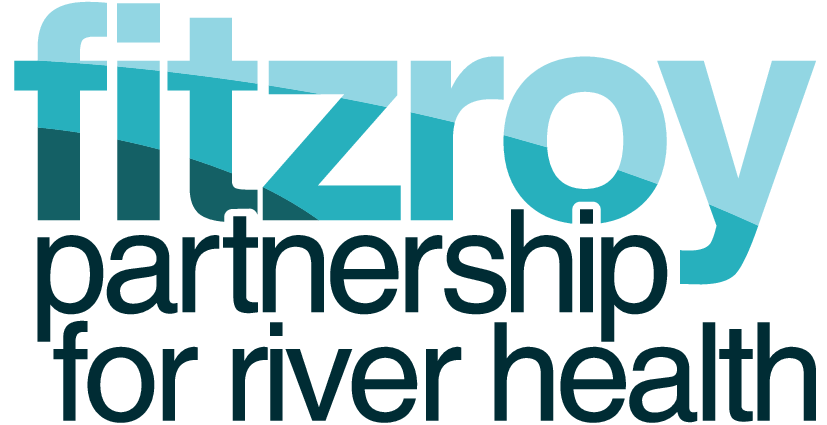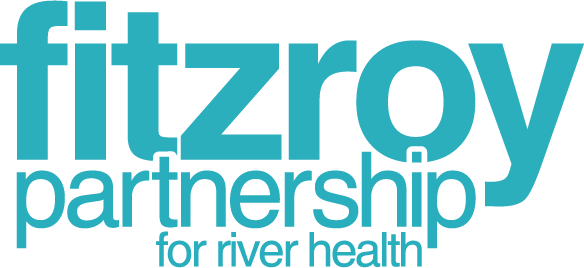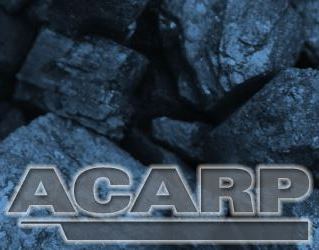This project is funded by the Australian Coal Industry’s Research Program (www.acarp.com.au/). It is being implemented by BMT WBM (www.bmtwbm.com.au) and supported by Fitzroy Partnership for River Health.
This project aims to develop a salinity module in the Source Model for the Fitzroy Basin. It will provide a tool which aims to provide a better understanding of the impacts of point-source releases and other land uses (typically associated with diffuse sources) on salinity in aquatic ecosystems of the Fitzroy Basin. The project will produce catchment based results that are presented for each scenario against ecological, drinking water and agricultural uses.
The key technical objectives for the project will be focused on the following:
- development of a detailed conceptual model;
- a coded plug-in model describing the processes resolved in the conceptual model; and
- a fully calibrated and validated catchment model in the Source modelling framework
Preparation of the conceptual model will be undertaken by a collaborative effort involving scientists, model developers and key catchment stakeholders. This will be a central aspect of the project enabling development of an agreed conceptual model based on the latest science relevant to salinity generation and movement throughout the Fitzroy Basin packaged and visualised ready for use as an effective communication, discussion and capacity building tool.
From the conceptual model, the processes identified will be used to develop a “plug-in”, which is a separately coded addition to the Source modelling framework developed by the eWater Cooperative Research Centre. This plug-in will allow the incorporation of a more detailed representation of salinity generation, transport and transformation than is currently possible using existing tools, as current models use relatively simplistic processes to represent salinity generation and do not explicitly represent surface water/ground water interactions, something which has only become possible with the latest iterations of Source.
The Source model represents a standardised modelling framework with which catchment and river management models can be constructed. Using this framework, a detailed catchment model will be constructed, by using previous modelling efforts in the region undertaken by Queensland Government researchers and adapting these to the modelling of salinity.
[page_divider type=”butterfly”][/page_divider]
River salinity is a topical public issue in the Fitzroy Basin. High salinity in freshwater catchments impacts upon freshwater organisms and ecosystem health, as well as other environmental values such as suitability for drinking water, livestock watering and crop irrigation. The concentration of all soluble ions combined determines the total salinity of water.
In recent years, the predominantly wetter climate experienced in the region has resulted in more rainwater infiltrating into groundwater, and both water sources dissolve up any soluble ions as they move through the ground. Salinity in catchment waters can originate from a variety of natural and anthropogenic sources including rainfall inputs, groundwater/surface water interactions, weathering of rocks, dissolving of sodic soils, and past and current land uses which may exacerbate or remediate the expression and movement of salinity within the basin.
Fundamental to this project is the development of a conceptual model of salt processes in the Fitzroy basin. From this, a detailed module and catchment model, developed in the Source modelling framework, will be constructed and applied to modelling salinity in the Basin.
[page_divider type=”pelican”][/page_divider]
The Source modelling framework has been developed as one of Australia’s lead platforms to deliver catchment scale modelling of hydrology and water quality, and has been adopted as the modelling platform for the National Hydrologic Modelling Program, established by the Council of Australian Governments. It provides a framework to effectively model the amounts of water and contaminants, such as salts, flowing through the aquatic ecosystems of a catchment. The software integrates various models, data and information to produce catchment scenarios and options for water quality management improvements. Outputs from the model allow for the development and prioritisation of targets and management actions.
As a part of the Paddock to Reef monitoring and modelling program, a Source Model for the Fitzroy Basin has been produced by Queensland Department of Natural Resources and Mines (DNRM) for hydrology, sediment and nutrients. This existing model provides a sound basis for the incorporation of a Fitzroy Basin salt model. This model has undergone rigorous calibration and validation and the outputs have been subject to peer review and provides a robust platform for further development.
This project will utilise the existing Fitzroy Basin Source Model and previous modelling and research activities in the basin to produce a module for salinity processes in the Fitzroy that will then be incorporated within the Source Model. Through conceptualisation of catchment salt processes and the development of a basin wide salt budget, the resultant catchment model will build on the best available science to provide a platform for assessing future scenarios and the effectiveness of management actions.
Data relevant to the salinity processes that were identified in the conceptual model will be compiled and prepared ready for use in modelling. As with any modelling process, the availability, quality and reliability of this data will strongly influence modelled results and scenarios. Data limitations and implications arising will be noted in relevant communication and reporting materials generated as part of the project.
[page_divider type=”emu_park_sunrise”][/page_divider]
Once the module and model have been developed, calibrated and validated, a visualisation exercise will then be completed to provide a comprehensible interpretation of the model outputs and provide linkages to the annual Report Cards delivered by the Fitzroy Partnership for River Health.
The resulting salt model for the Fitzroy Basin could be used as the basis towards better understanding:
- The relative contributions to salinity within the basin and how land use and management practices may affect these
- The ability to run a range of scenarios for management practice interventions, examination of extreme events and the key salinity hot spots for the basin
- The potential to use a high quality numerical tool as the basis for establishing and understanding the effectiveness of Market Based Instruments as a policy tool for managing salinity
- The ability to use the Source model for further work, such as forecasting future salinity impacts through climate variability, land use changes and management actions



